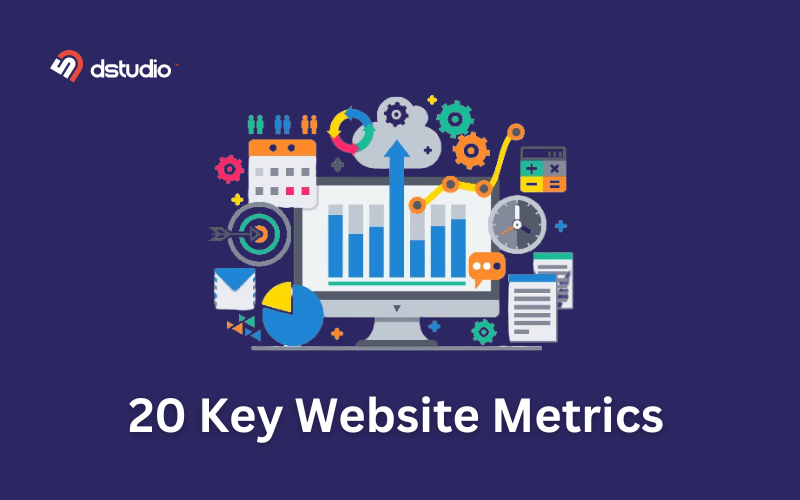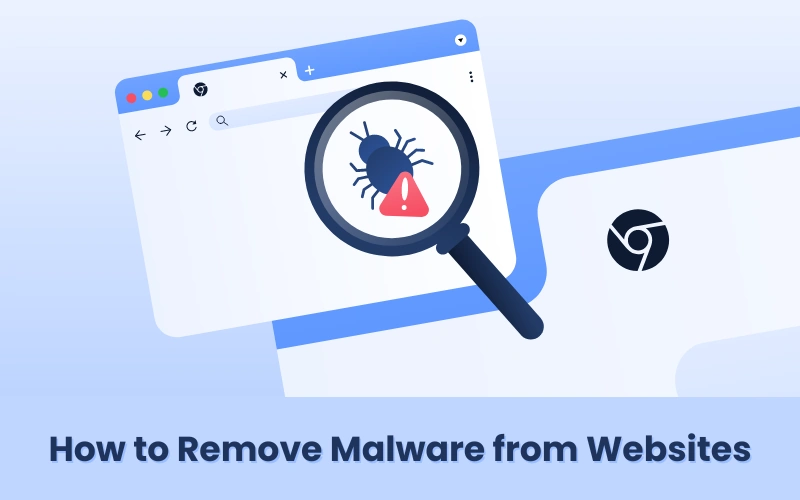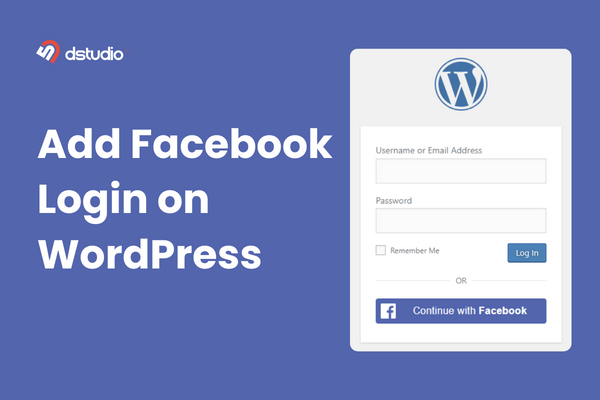In our modern era of technology, where data is king, protecting people’s personal data has become paramount.
The General Data Protection Regulation (GDPR) is a series of guidelines in the European Union that aim to protect individuals’ personal information. In this blog post, we will address some basic inquiries about GDPR and guide you on how to make your website GDPR compliant.
What is GDPR and How Does It Impact Websites?
Let’s dive deeper into the specifics of GDPR.
GDPR, or General Data Protection Regulation, is a set of rules designed to give European Union citizens more control over their personal data. It requires businesses to protect the privacy and personal information of EU residents.
The GDPR controls how companies gather, keep, handle, and protect data. If companies don’t follow these rules, they can face significant fines. This means it’s extremely important for organizations to understand and adhere to these regulations.
Here are some key aspects of the GDPR (General Data Protection Regulation) that impact businesses:
- Websites tell you what data they collect: Businesses must be upfront about the information they gather from you.
- Know where your data goes: Companies need to explain why they collect your data, how they use it, and where it’s stored.
- Take your data with you: You have the right to request a copy of the information a website has collected about you.
- Erase your data (sometimes): Under certain conditions, you can ask businesses to delete your data.
- Privacy watchdog: Companies handling a lot of personal information need to appoint a privacy expert.
- Data breaches: If a company experiences a major data leak, they have to report it within 72 hours.
- Breaking the rules can be costly: Violating these data protection rules can lead to hefty fines.
How to Make Your Website GDPR Compliant
Here are eight steps you can follow to ensure that your website meets the requirements of GDPR. We’ll begin with an essential step: conducting a compliance assessment.
1. Compliance Assessment:
First, you need to assess whether your website follows the rules set by GDPR. To assess your website, you’ll need to look at how it operates, how it handles data, and how it keeps information secure.
Using compliance software can make this process easier by checking your website and security measures against GDPR standards. This assessment will help you find areas where your website doesn’t meet the requirements, like not protecting data well or not getting clear consent from users. With this information, you can make a plan to fix these issues and make the necessary changes.
2. Explicit Consent Requests
The GDPR requires websites to change how they obtain consent from users. Instead of assuming that users agree to their data being collected just by visiting the site, websites now have to explicitly ask for permission.
This means being honest about cookies and any additional data you collect, beyond what users directly provide. Allow visitors to opt out easily and always ask for permission before adding them to mailing lists or other communication channels.
This change from assuming consent to asking for specific consent helps to build trust and makes sure you are following the rules of GDPR.
3. Data Collection Transparency
Along with getting permission, GDPR also requires being clear about how data is collected. Users should be informed about how their information is used, managed, and shared. To follow this rule, your business needs to provide important details, such as:
- What data is being collected
- How the collected data is being used
- The methods employed for data processing
- Who has access to the collected data
- Any third parties with whom the data is shared
You can provide this information in various ways, such as within your terms of service, privacy policy page, or by creating a dedicated page.
4. Review Third-Party Apps, Plugins, or Tools
As part of your GDPR compliance efforts, you need to review and evaluate any third-party apps, plugins, or tools integrated into your website.
Many websites rely on these components for various functionalities, such as analytics, tracking, or additional features. However, it’s essential to ensure that these tools align with GDPR regulations and prioritize data protection.
Take the time to thoroughly assess each third-party service to verify their compliance status and understand how they handle user data. This includes reviewing their privacy policies, data processing practices, and security measures.
If any third-party tool falls short of GDPR compliance standards, consider seeking alternatives that offer adequate data protection measures.
5. Establish Communication Channels
According to GDPR, users have certain rights regarding their personal data, including the right to access and request deletion of their data. To comply with these regulations, establish a clear communication channels through which users can exercise their rights.
Within your GDPR policy, include detailed information about how users can contact your organization to act on their data rights. Provide contact details for your designated data protection officer so that users know who to reach out to with requests for data access, rectification, or deletion.
6. Update Your Data Security
It is very important to protect user data from unauthorized people getting access to it and using it in the wrong way in order to comply with GDPR. To manage access to sensitive information, you should use strong data security measures.
Here are some tools and precautions you should consider:
Controls for access: Only allow authorized people to enter and restrict access to sensitive data.
Unique IDs for employees: Give each employee their own special code to keep track of who is accessing and using the data.
Anti-virus software: Install reliable anti-virus software that can find and stop harmful software threats.
Firewalls: Use firewalls to make your network security stronger and stop people from getting in without permission.
7. Formulate GDPR Compliance Policies
GDPR is a set of rules that make sure users have certain rights to keep their data private. This means that you have to handle and respond to requests from your users. These requests include :
–asking to see all the information you have about them,
-asking you to delete all their data from your servers,
-and fix any mistakes in their data.
To meet compliance standards, it is crucial to create a policy that clearly outlines the procedures and protocols for handling such requests.
8. Verification and Documentation
Once you have completed the steps mentioned earlier and resolved any compliance issues, your website should now be in accordance with GDPR regulations. The next step is to verify and record your GDPR compliance.
Use a compliance tool to check your website. This documents your compliance with GDPR, ensuring you’re safeguarding user data and avoiding penalties for non-compliance.
Great News for WordPress Users!
WordPress has made updates to ensure compliance with GDPR regulations. To ensure your WordPress site is more GDPR-compliant, you simply need to update to WordPress version 4.9.6 or a newer version. These updates include various privacy settings that are already built-in.
Additional Steps to Make Your Site GDPR-Compliant
- Appoint a Data Protection Officer (DPO): Appoint a qualified individual within your organization to serve as the Data Protection Officer (DPO). The Data Protection Officer (DPO) will have the responsibility to ensure that the organization complies with the General Data Protection Regulation (GDPR).
- Secure Data with HTTPS Encryption: Ensure that your website uses HTTPS (Hypertext Transfer Protocol Secure) to encrypt data transmitted between the user’s browser and your web server. HTTPS provides a secure connection, protecting sensitive information such as login credentials, payment details, and personal data from interception by unauthorized parties.
- Develop a Data Breach Response Strategy: Create a detailed plan that explains the necessary actions to take if there is a data breach. This plan should cover how to identify and report breaches, assess how they affect people involved, inform the appropriate authorities and users, and put measures in place to minimize additional damage.
- Implement a Cookie Notification: Add a noticeable message on your website to let users know about the use of cookies and similar tracking tools. The message should explain the different types of cookies used, why they are used, and how users can control their cookie settings.
Importance of GDPR Compliance
It is crucial to ensure that businesses adhere to GDPR rules when expanding into new regions, particularly in the European Union. Failing to comply with GDPR rules for your website can lead to significant fines.
If you don’t comply, you could be fined up to €20 million or 4% of your total revenue.
Besides avoiding the expensive fines, following GDPR guidelines also has other advantages:
1. Entering New Markets:
If you want to grow your business internationally and target customers in Europe, it’s important to ensure that your website and business are GDPR compliant. Being GDPR compliant means that you follow the rules and regulations set by the European Union.
By having a GDPR-compliant website, you can expand your business and reach potential customers in Europe.
2. Building and Keeping Trust:
When businesses prioritize GDPR compliance, they show that they are taking proactive steps to protect customer information and respect privacy rights.
This commitment to keeping data safe helps to build trust with customers and creates stronger relationships, which leads to increased loyalty.
3. Improving Data Security:
Another important aspect of following GDPR guidelines is making sure that you have security measures in place to keep your customers’ data safe from unauthorized access.
By putting these measures into action, you will not only improve your organization’s data security, but also ensure that your customers’ privacy rights are protected.
4. Unlocking New Opportunities:
Following GDPR standards can open up new possibilities for innovation and collaboration in the global business world. Companies that comply with GDPR gain a competitive advantage by showing their commitment to data privacy.






